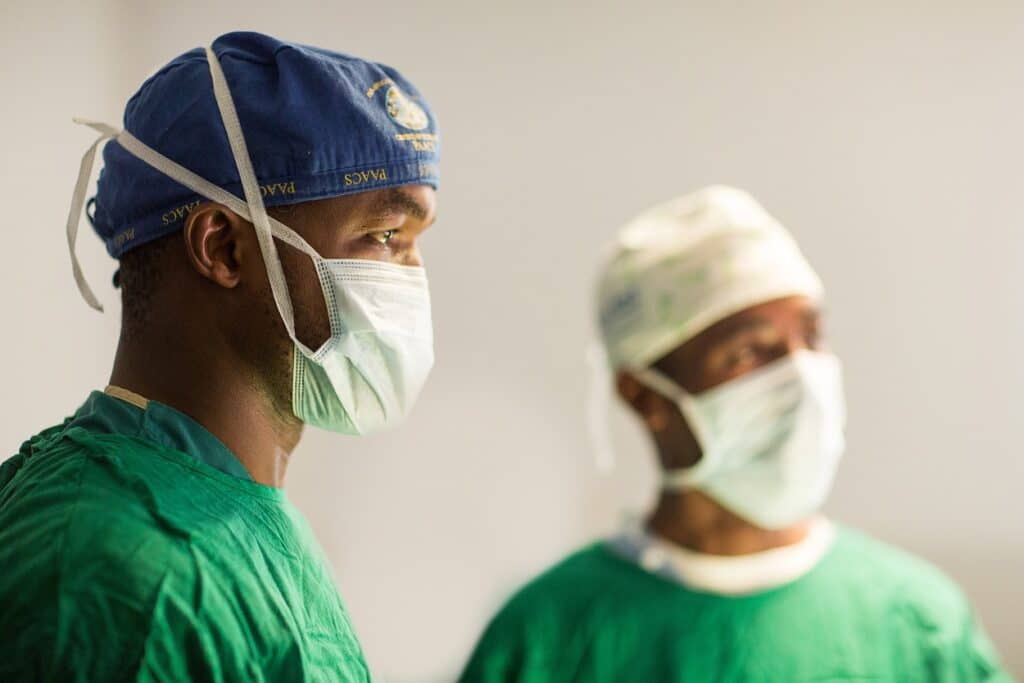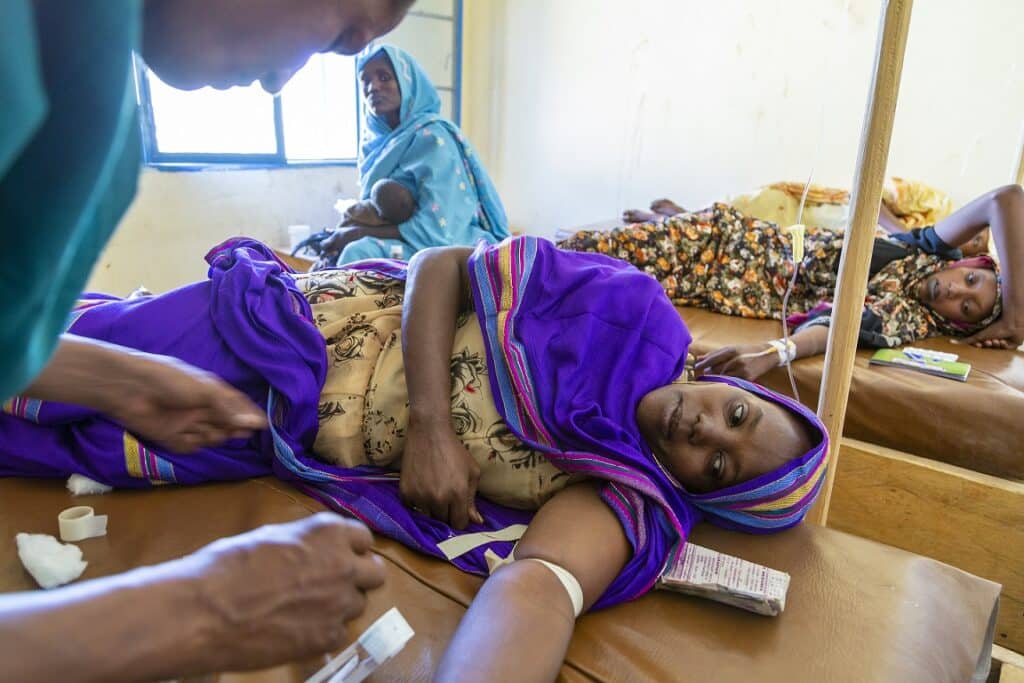Related Articles
Doctor’s Dilemma
The moral and ethical dilemmas posed by advancements in modern medicine are not those of the stateside practitioner alone. It’s not only the doctor at the medical center who puts someone on an artificial kidney who faces them, or the surgeon who selects a patient for an organ transplant, but also the medical missionary.
The Mission Hospital: Four Stages of Development
By Richard Davis, Evelyn Mbugua, Peter Halestrap, Ken Muma, Faith Lelei, and Chege Macharia | Ralph Winter describes four stages of development in mission/church relations: pioneer, parent, partner, and finally, participant. These stages can also be applied to mission hospitals particularly as they relate to the roles of expatriate and national medical missionaries. Analyzing these stages can help us discover where mission hospital development is stuck, and how to progress forward.
Being a Witness in a Healthcare Setting
By Latha Mathew and Lindsey Miller | IHS Global developed a training process that equips healthcare workers around the globe to be witnesses for Jesus in their healthcare settings. The course combines curriculum (translated into global heart languages), training (in-person, virtual, or hybrid), and follow-up led by trained leaders who have a heart for equipping others and for sharing Christ.
Is Medicine Not Enough?
Today, I am concerned for missionaries in service-type ministries who must satisfy supporting churches and justify their financial support by adding on a church planting activity to an already busy schedule.
Is Medicine Not Enough?
Today, I am concerned for missionaries in service-type ministries who must satisfy supporting churches and justify their financial support by adding on a church planting activity to an already busy schedule.


